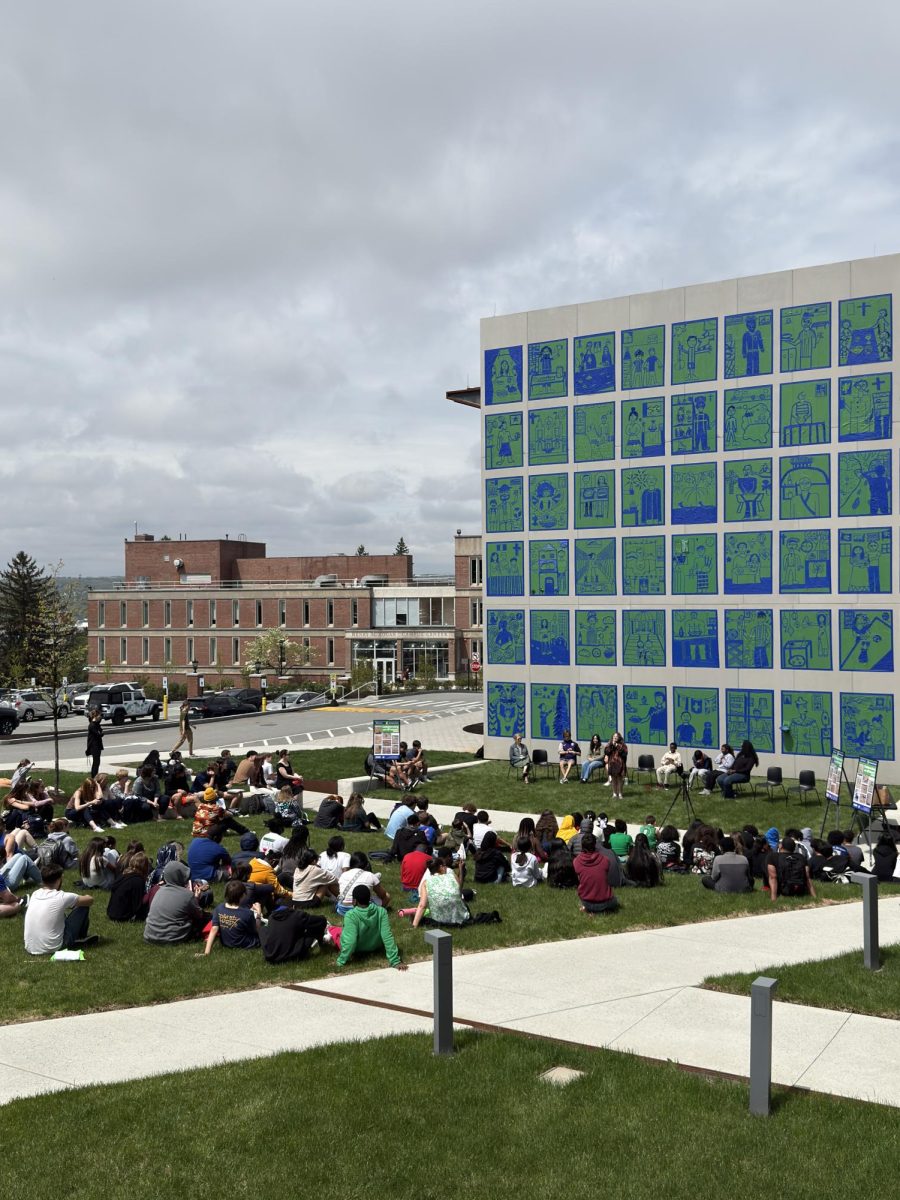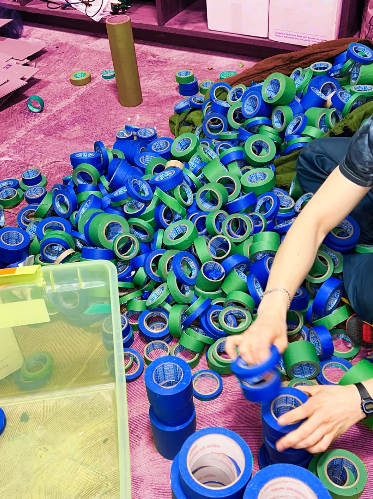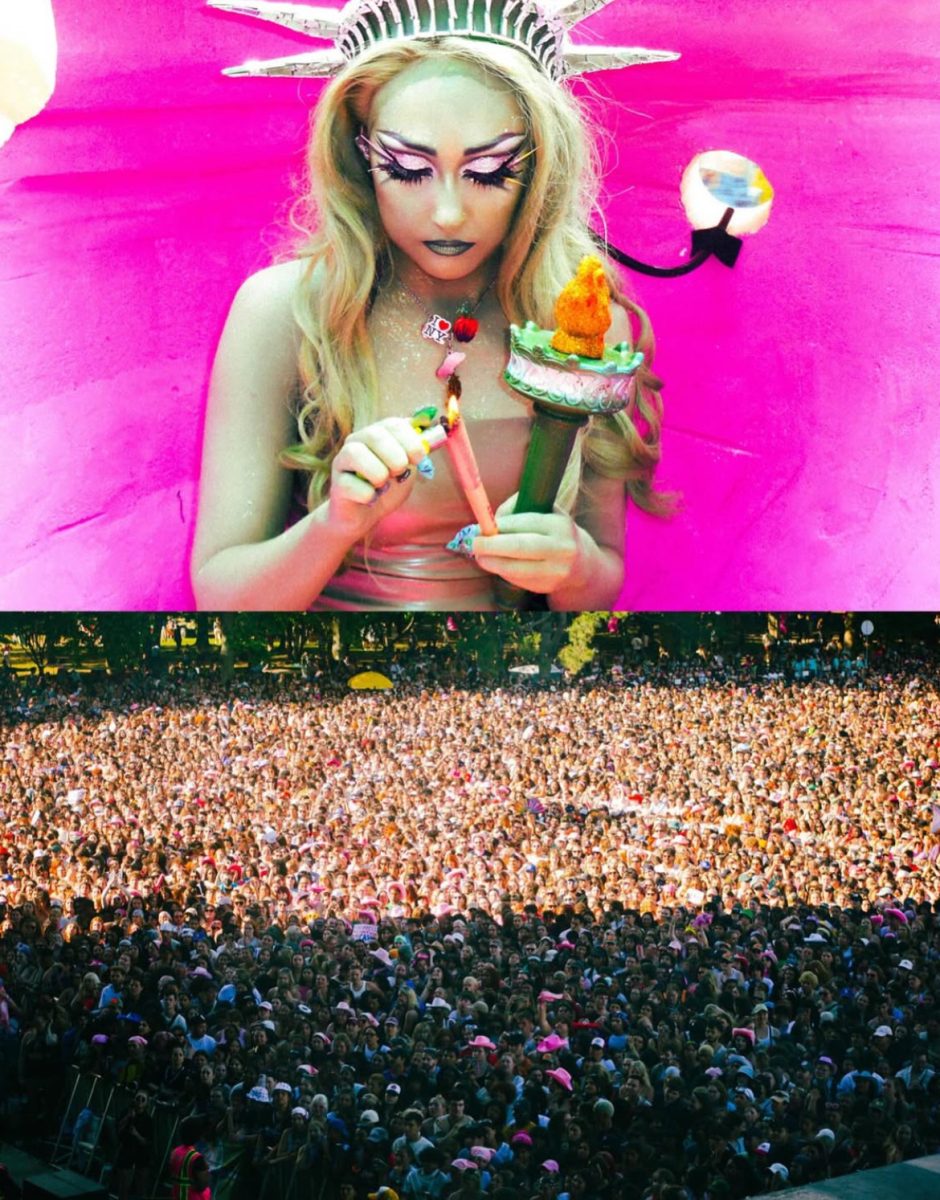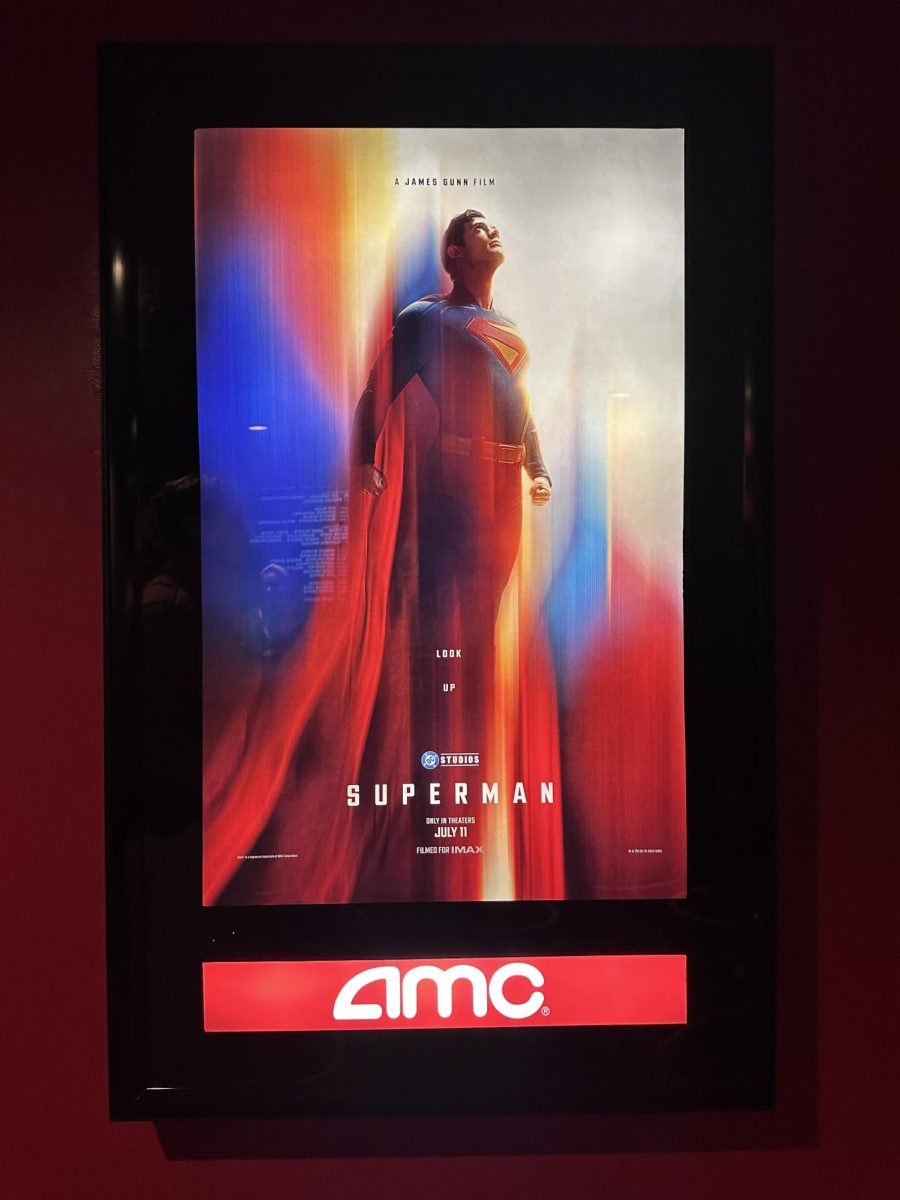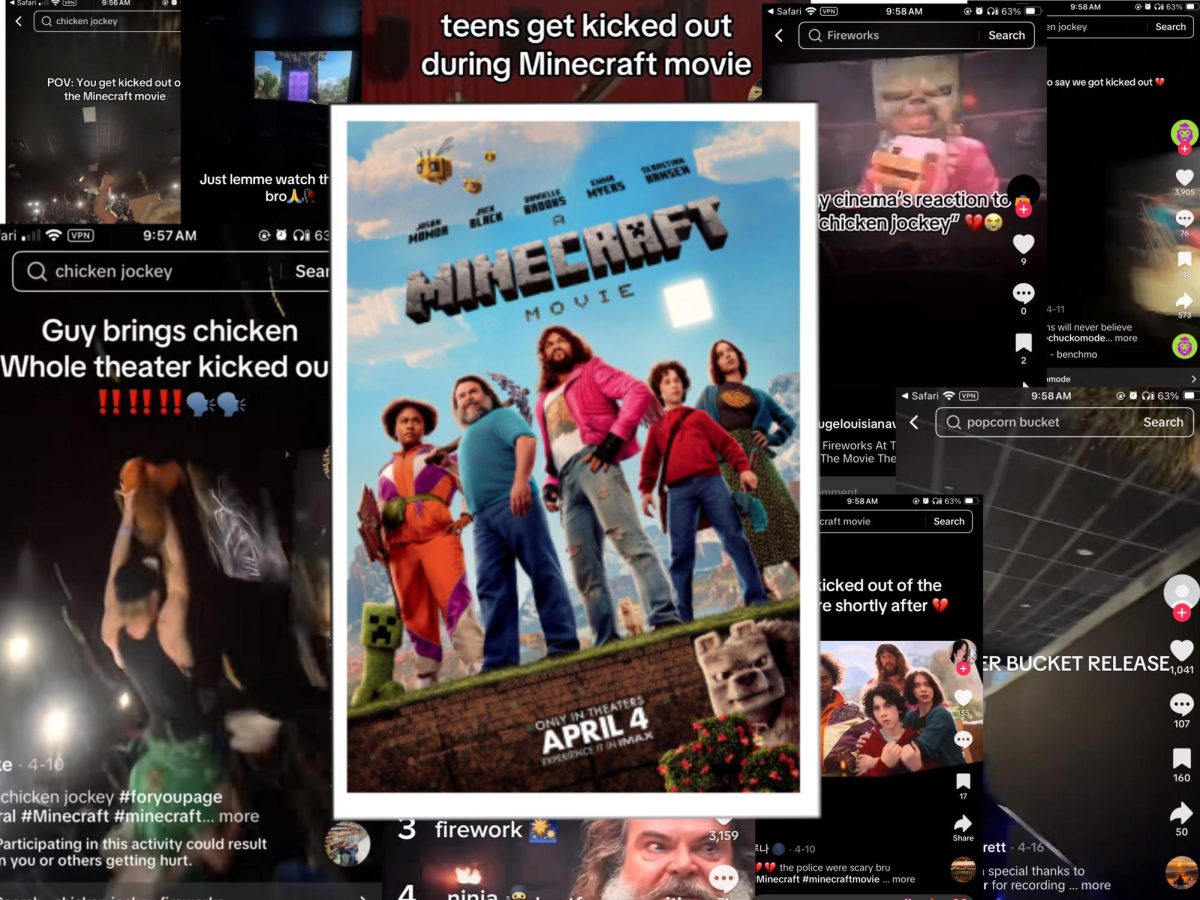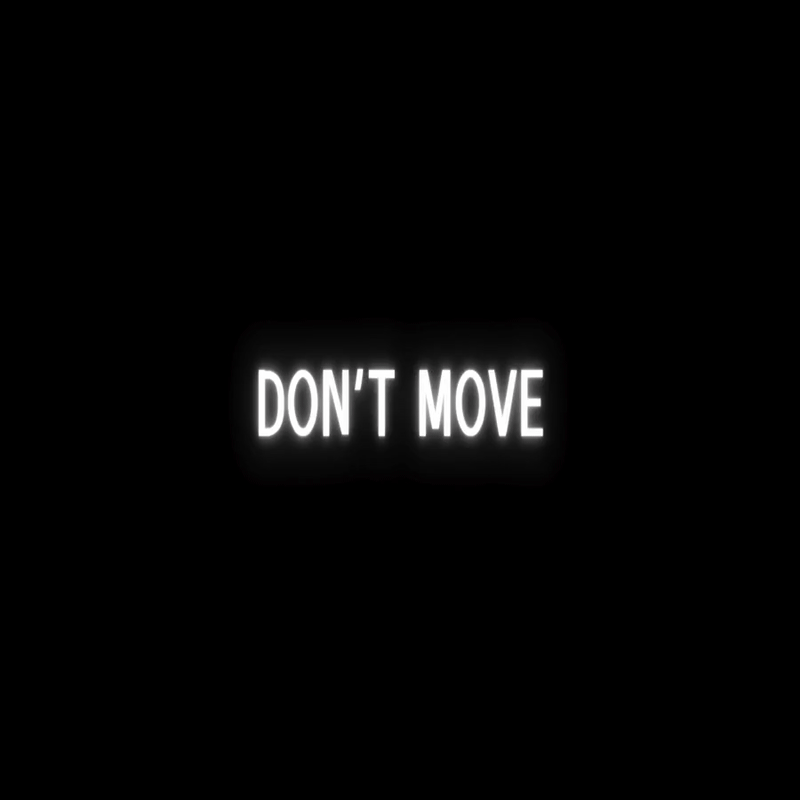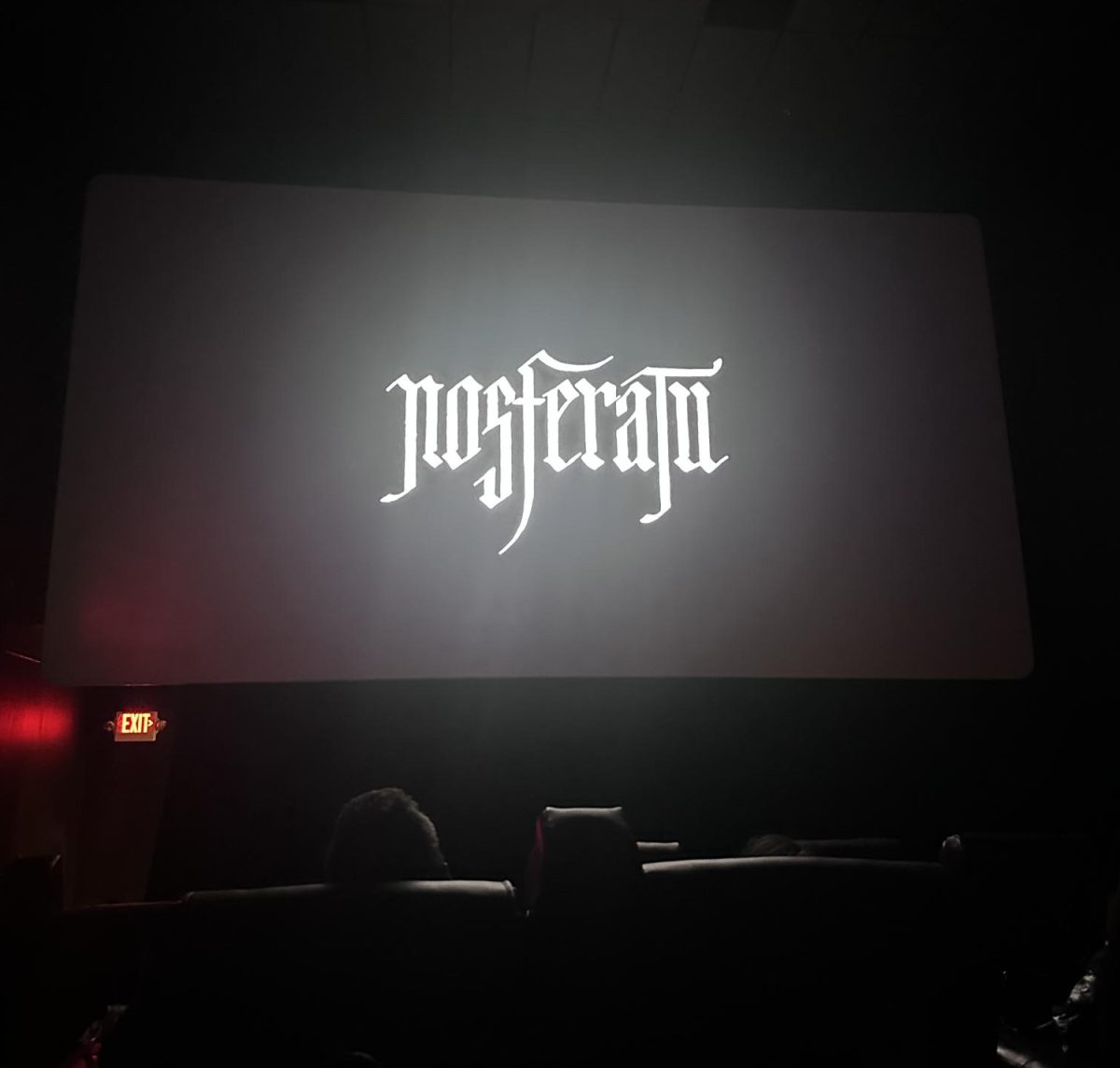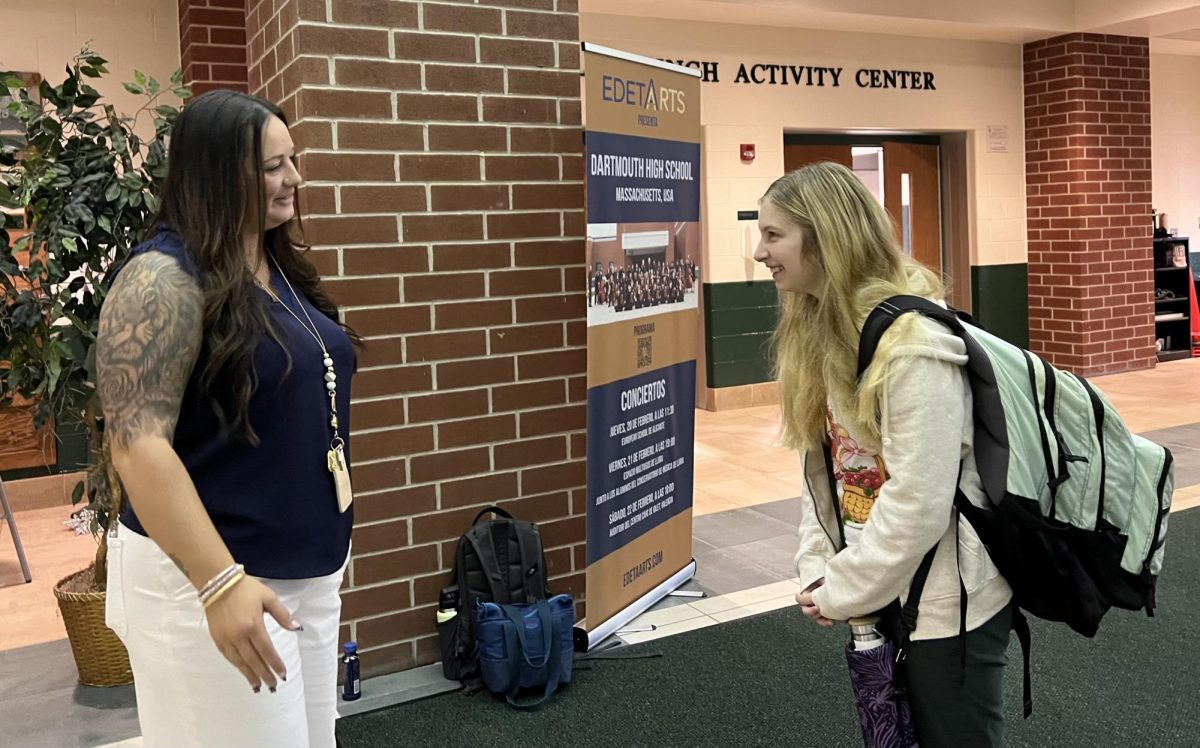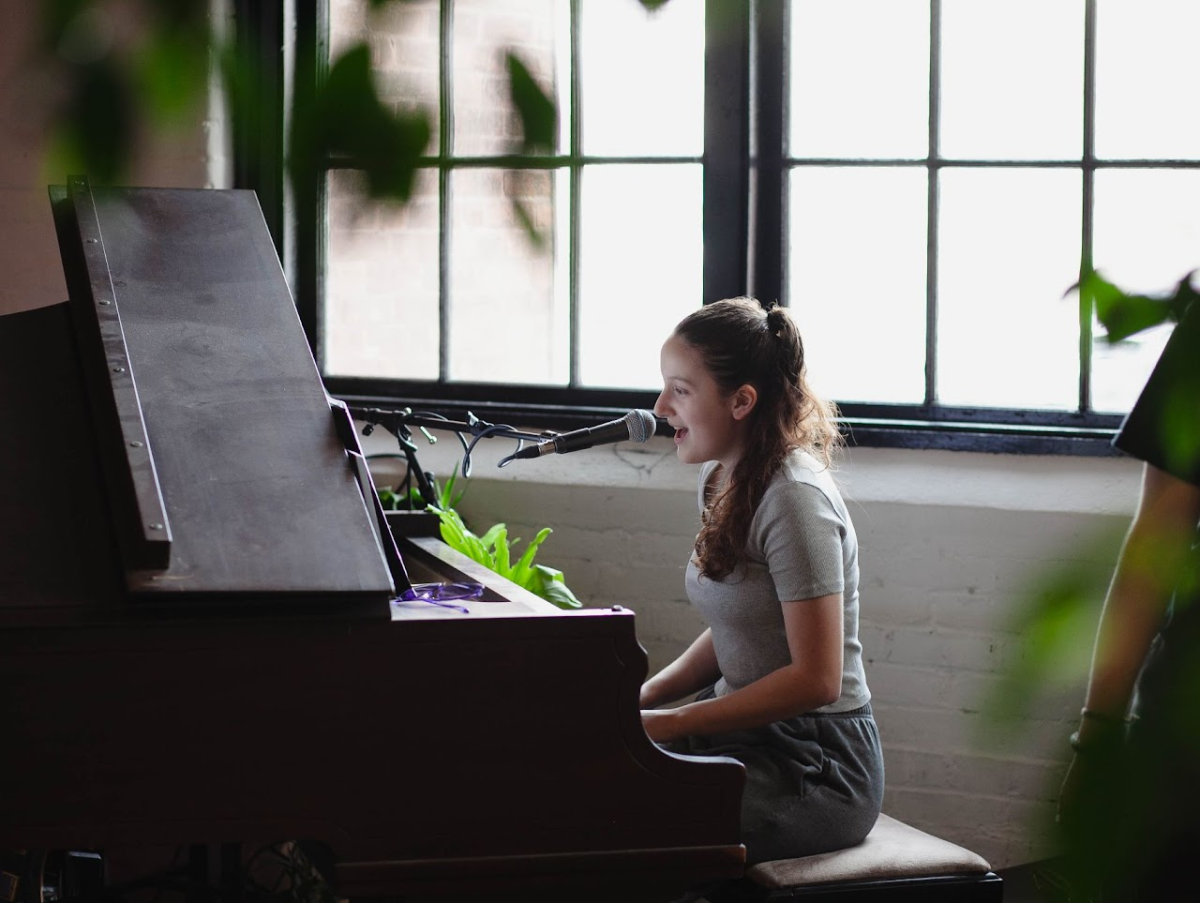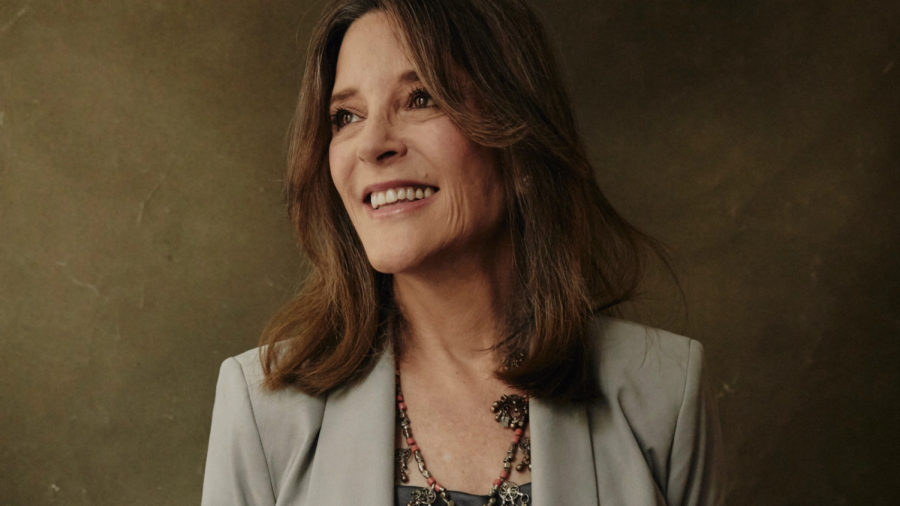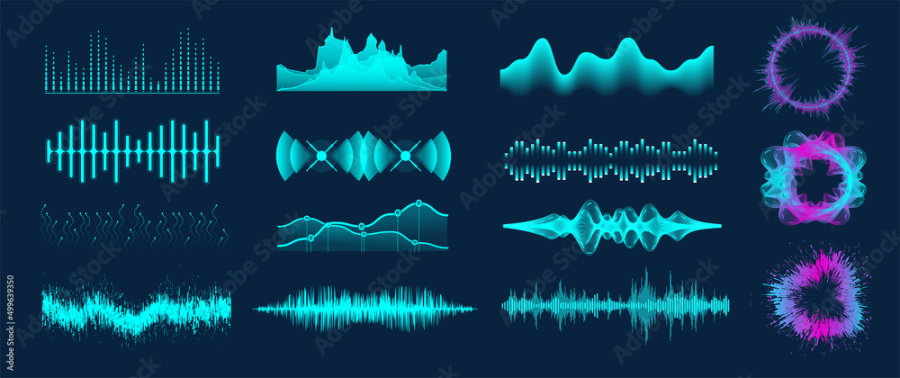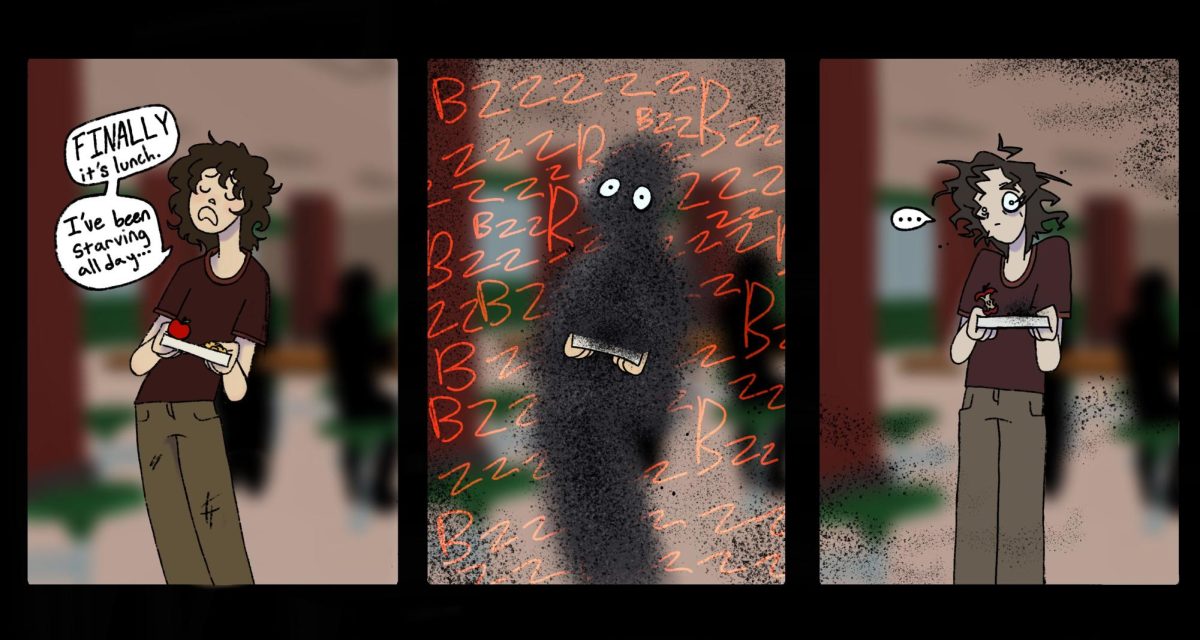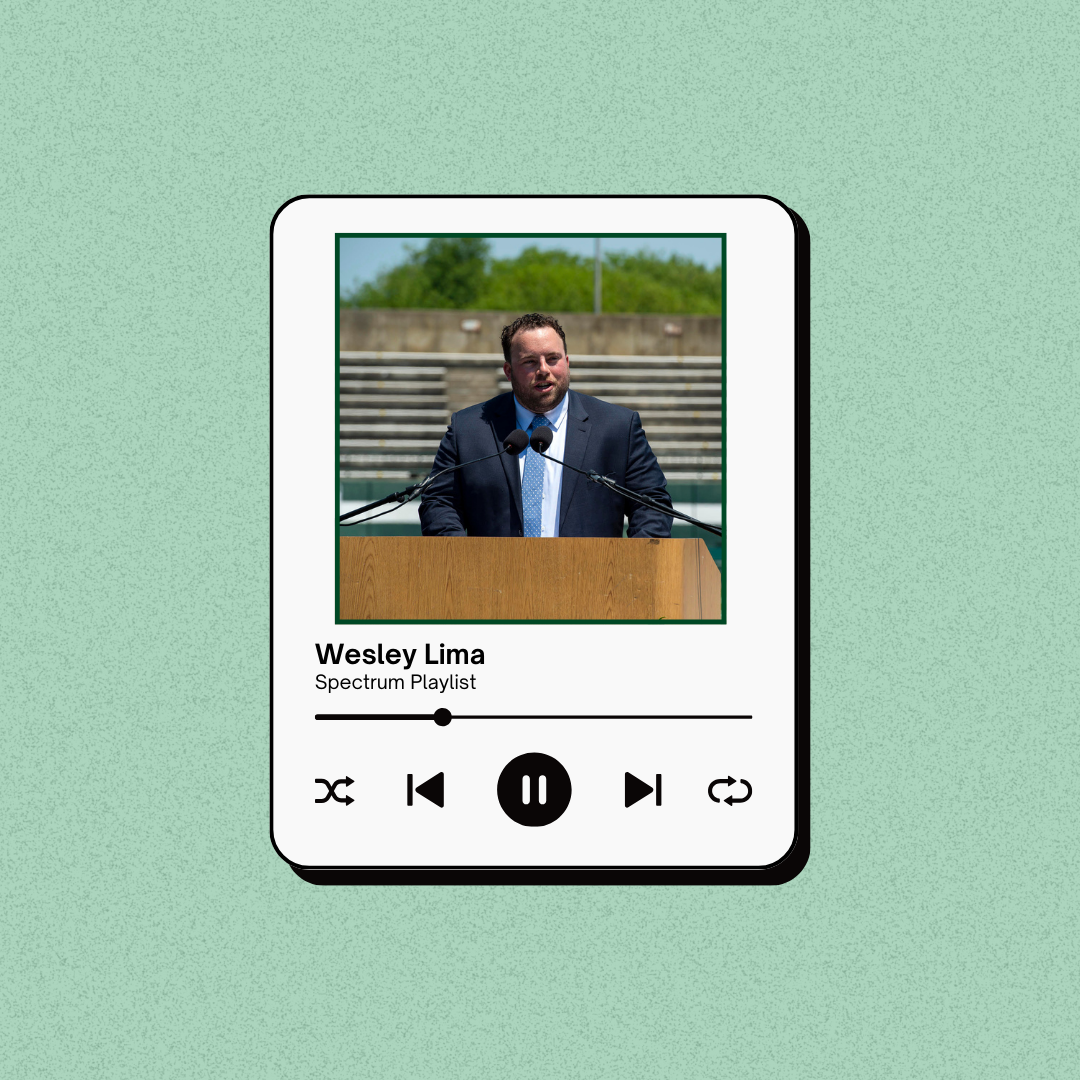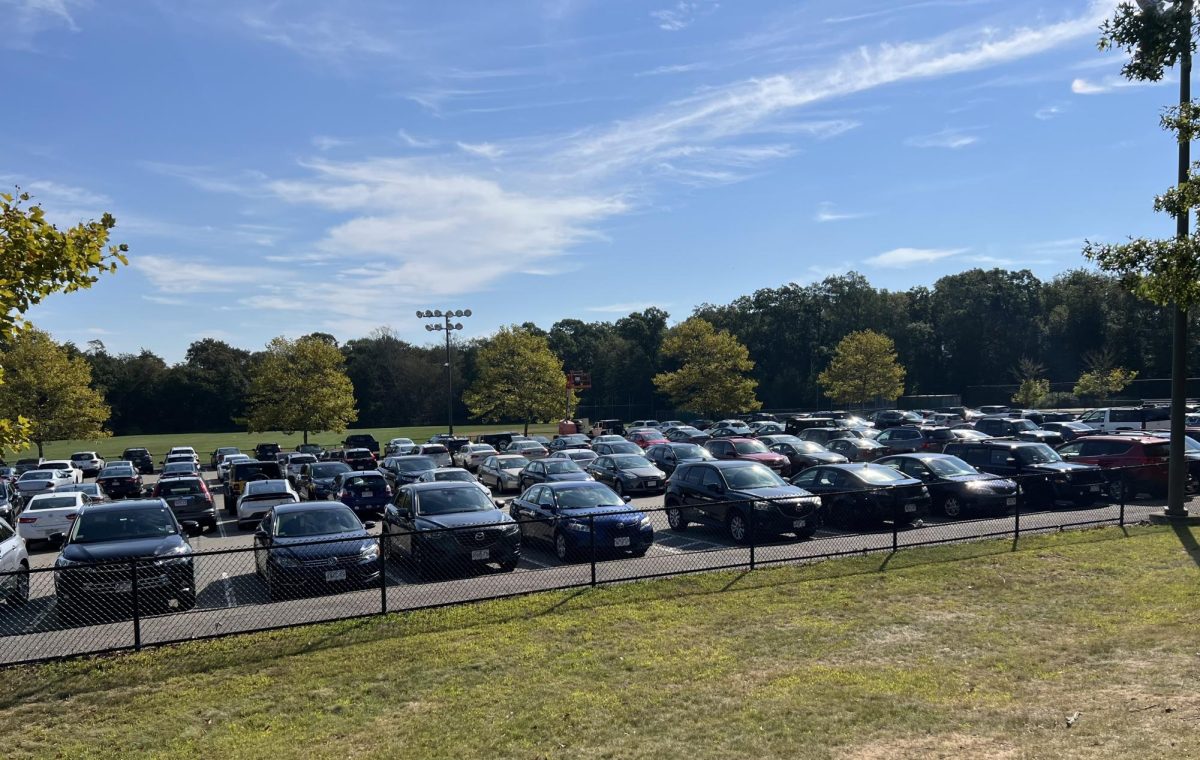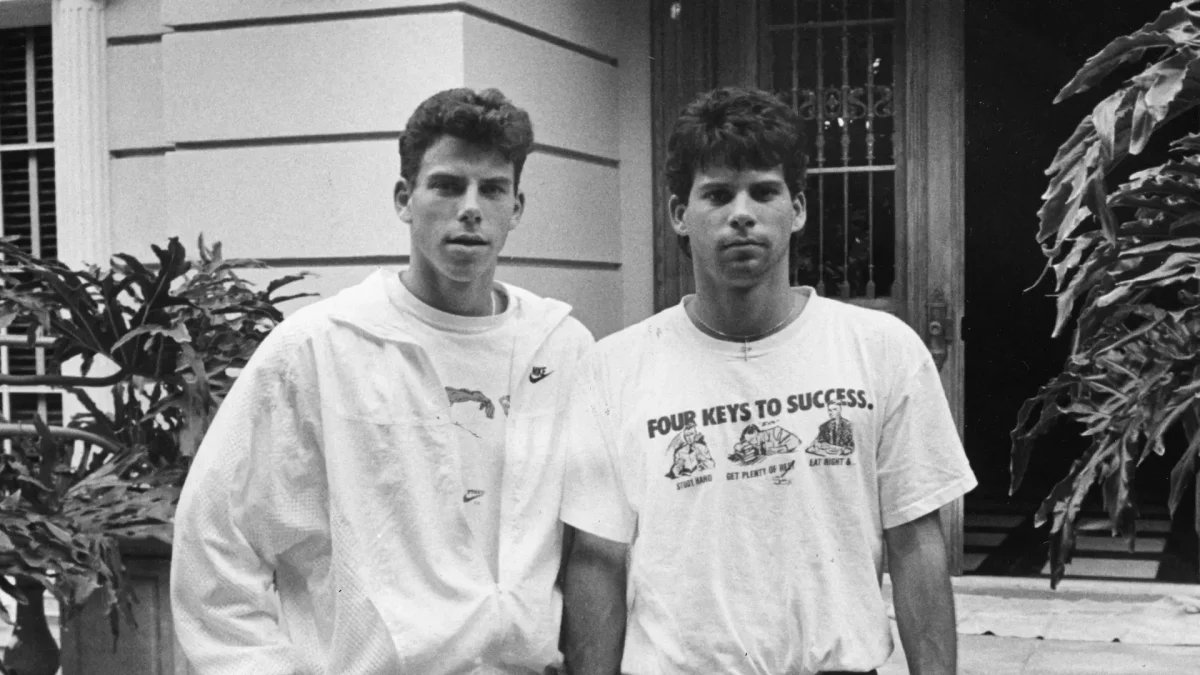If you were to ask any of Mr. Higgins’s students, they could tell you about his Friday ritual: movie review day. No matter what the class needs to be doing that day, he will open The New York Times website and read at least one new movie review (as long as there’s something interesting), along with watching the trailer (of course). That ritual is how I discovered Secret Mall Apartment.
I was immediately infatuated with the true story of eight young artists who built an apartment in the walls of the Providence Place Mall. I am usually not a big fan of documentaries (I prefer fantastical stories about adventure and peril) but this movie was plenty adventurous. Secret Mall Apartment was directed by Jeremy Workman and takes the viewer through the real thought process of the artists who worked on it, their creation of this “secret” apartment in the Providence Place Mall, and their economic and moral reasons for doing so. The Providence Place Mall had been a widely reviled addition to the city, because of its location (seemingly separating the “bad” part of Providence from the “good”), and its implications on Providencians living and working.
The documentary delves into their fear and excitement while they constructed the mall, as well as the other projects they were working on at the time, using real footage they had filmed in 2003. The organizer of the secret mall apartment project was Michael Townsend, a young artist who was disillusioned with the building of the mall. In the film, he and his artist allies go into deeper detail as to their reasoning for the hatred of the mall: a story of class divide, erasure of the arts, and the state of Providence as a city.
I was so obsessed with this movie that, after watching it, I reached out to two people about it. (I am convinced it was divine intervention; if you know me, you know I am happy to stick to the same three people I talk to every day.) The first was a friend I haven’t spoken to since eighth grade, asking him to tell his father to watch the movie.
The second was Michael Townsend.
Michael Townsend worked at Rhode Island School of Design for over six years, while doing Tape Art part time, long before the Secret Mall Apartment story.
Tape Art is a form of mural art made of—you guessed it—tape. Townsend’s art really gained traction shortly after 9/11, when he and his troupe did an installation across NYC, putting up 490 life-size silhouettes of people who died in the attacks. Later, the Tape Art group was asked to create a mural to honor the Oklahoma City bombing. However, Townsend had been volunteering doing Tape Art with kids at Hasbro Children’s Hospital in Providence and with the community as a whole for years prior.
In the Secret Mall Apartment documentary, Townsend says that one of his main reasons for using tape as a medium was its impermanence. It’s hard to get in trouble for vandalism if the vandalism peels harmlessly off. “I don’t have any desire to be around [my art] after I’m done,” Townsend said. “I think I’ve been so process-oriented for so long that it really reorients your focus.”
None of Townsend’s projects are intended to be permanent. “I don’t have that feeling when we finish putting the last piece of tape on the wall. It’s sort of like a suspense for as long as it’s up. And in the best case scenario, we get to invite the public to remove the work with us, and there have been scenarios where hundreds of people will show up and something that’s taken us three weeks to build is gone in an hour. It’s glorious. It’s glorious.”
Currently, one of Townsend’s bigger tape art projects is underway at the Providence Place Mall. He has been asked to put Tape Art murals up around the mall in conjunction with the showings of the Secret Mall Apartment documentary, in hopes to bring more people to the mall.
And for good reason; as of 2024, the Providence Place Mall has $259 million dollars in mortgage debt, according to WPRI News. Providence isn’t the only place experiencing these kinds of issues; shopping malls across the country are closing by the thousands in recent years. Townsend had been banned from the mall after his secret mall apartment was found out, but once the documentary came out he appealed to be unbanned. In this meeting, Townsend was quick to bring up the mall’s financial trouble.
“You’re bankrupt. Like, you’re $259 million dollars in the hole,” Townsend allegedly told them during the meeting, in a pitch for them to unban him in exchange for him bringing more money and people to the mall. “So, unban me. Just let me off my leash, and I will do Tape Art all over this mall, and then we’ll build a little imitation of the apartment in the cinema, and everyone’s gonna have a really good time. And then they’re gonna see the movie and think really good thoughts about your mall.”
Townsend has a good point here. In his own words, the mall is “a central hub of where everyone from Providence goes,” as are so many malls in America, and the rise of online shopping is killing these gathering places. Malls have had to turn to other methods of profit. Many malls have begun holding community events, renting out to nonprofits, and converting spaces into more interactive experiences or into apartments.
The Providence Place Mall has not hopped on any of these trends, and Townsend feels that it’s time they should. He feels that the receivership team (the team that helps innovate plans for the mall) has been “very generous with their time, listening to my observations about how they could possibly integrate more things from the local community: nonprofits, organizations, mural arts, different types of experiences that aren’t rooted strictly in commerce and retail.”
But despite the mall seeming to have come seeking his advice, or at least having spent a long while listening to him give it, it ultimately will “forever be in their hands,” Townsend said. “I have no real power outside of providing them with models that have worked in other communities and trying to steer the conversation towards them being more active in who their partners could be.” While on this topic, Townsend kept coming back to the idea of one of the mall’s larger unused spaces being split between a variety of nonprofits, an area where adults can drop off their kids to learn while they go shopping, or where teenagers can attend an event after shopping in the mall. After all, why can’t we go to the mall to learn how to craft?
But Townsend did learn how to craft—at least—some say the apartment was craft. Others would debate such a claim. At the end of the Secret Mall Apartment documentary, there is a sequence that I found very symbolic. The director asks the question, “Do you think the Secret Mall Apartment was an art piece?” to a selection of people, each closer to Townsend and his crew than the last. As the sequence progresses, the answers get more and more vague, until the people closest to him respond with answers more akin to “I have no idea.”
Townsend himself even seems split on the answer. “Here’s the thing. I don’t think we would have called it art while we were in there, because during the time we were doing it, it was just our life. Our life in its entirety was just one big rolling art piece at the time. One big emotional roller coaster of constant intentionality and all of our moves,” he said. “So to put that in context, two years before the first mall stuff starts happening, we are already working as a team on the New York City project, so for two years we’re already very, very comfortable with the soft righteousness of it all.”
He goes on to talk about the aftermath, when he was arrested for trespassing at the time the Secret Mall Apartment was discovered. “In the rearview mirror, the implications of it as an artwork are much clearer, and when I was arrested, the thing [the lawyers] wanted was the intellectual property. So the corporation itself understood that it was an art object.”
I find this discussion to be the most compelling part of the whole Secret Mall Apartment story. The complex perspectives through which something can be looked at and deemed “art” or “not art” fascinate me. Is Tape Art really art if the best part is tearing it down?
Townsend and his group had experienced the Secret Mall Apartment project through the lens of a relaxing break from their art, just a project between friends. A challenge. Others at the time saw it as punks being rebellious, or as geniuses masterminding a plan, or as an art piece sarcastically taking the idea of “underdeveloped space” in a building and running with it.
Maybe it was actually all of that. Maybe it’s only an art piece in the public eye, and had it never been discovered, it would be just a desecrated time capsule in a failing mall, never to see the light of day.
Maybe there’s something to translate to modern day, whether it’s how artists need to get bolder against things they oppose, or it’s that in 20 years, something currently looked down on and misunderstood will be considered a brilliant art piece, and a savior of the thing that persecuted it.

